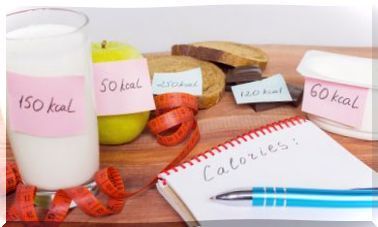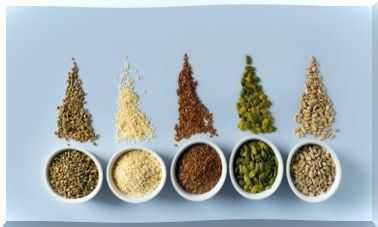Is It Risky For Your Health To Cook In Teflon Pots?
When buying pots and pans, check what materials they are made of and that they are healthy for cooking. Here we explain what you should look for when buying cooking utensils.
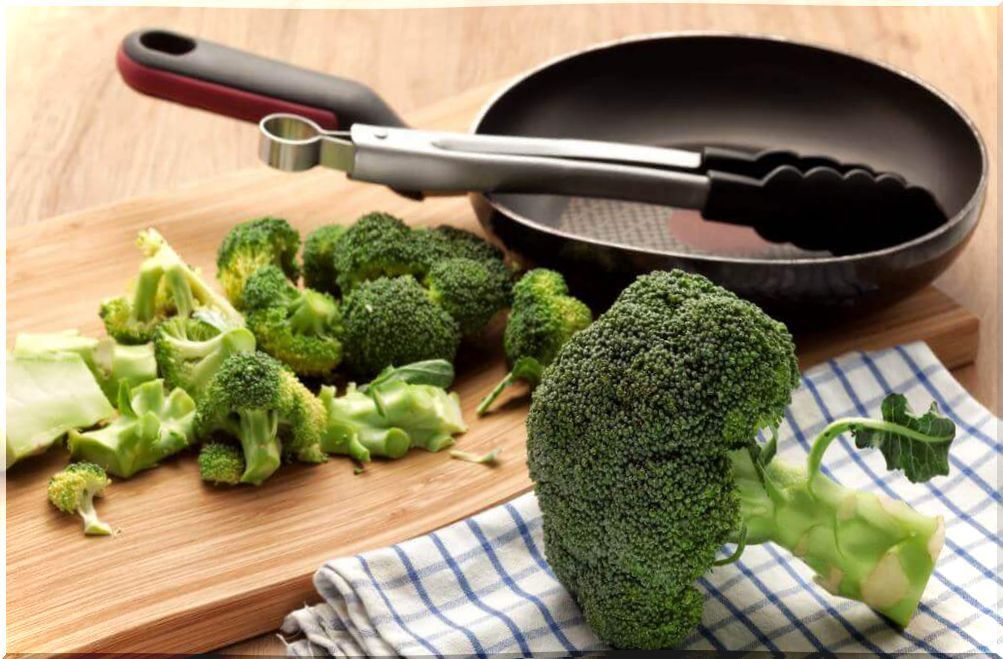
Since the 2000s there was a lot of talk on the networks about the toxicity of non-stick Teflon that is used in pots and pans. The most common question was: is it harmful to health or not?
Next we will tell you about the relationship between Teflon and health. In addition, we suggest other kitchen utensils that respect the environment and human health.
Teflon, toxic to health?
“Teflon” is actually the trade name of a product famous for being the most widely used non-stick.
The problem with these pots and pans is not the Teflon itself, which is the non-stick, but a solvent called perfluoroctanic acid (PFOA), which is used to fix the non-stick to the pan.
In 2002, the US Environmental Protection Agency (EPA) announced that PFOA could pose a risk to general public health, both through contaminated water and from Teflon-coated cookware.
Even at a Family Medicine congress in 2008, environmental toxins were discussed and it was mentioned that PFOA was one of the most commonly detected toxins in the blood of Americans.
The problem is that Teflon deteriorates easily, so it releases PFOA that gets in contact with food. PFOA works in the body by mimicking the effect of hormones, which is why it is associated with different types of cancer, thyroid problems, and sterility in both animals and humans .
Following the alert launched in 2002, the Teflon and nonstick cookware industry was forced to stop using PFOA by 2015. The European Union has also banned the use of PFOA since 2017.
Currently, you can find PFOA free or “PFOA free” non-stick. So when you buy these products, take a good look at the label.
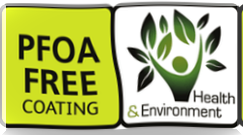
Other alternative non-stick materials to Teflon
Even if utensils do not have PFOA, consider the non-stick material they use and the material of the utensil itself.
In fact, parallel to the controversy over Teflon emerged less toxic alternatives. Among them, we find ceramic, titanium, sapphire or diamond coating pans.
In this article we explain what materials are on the market and what alternatives we can find that do not affect health.
The aluminum
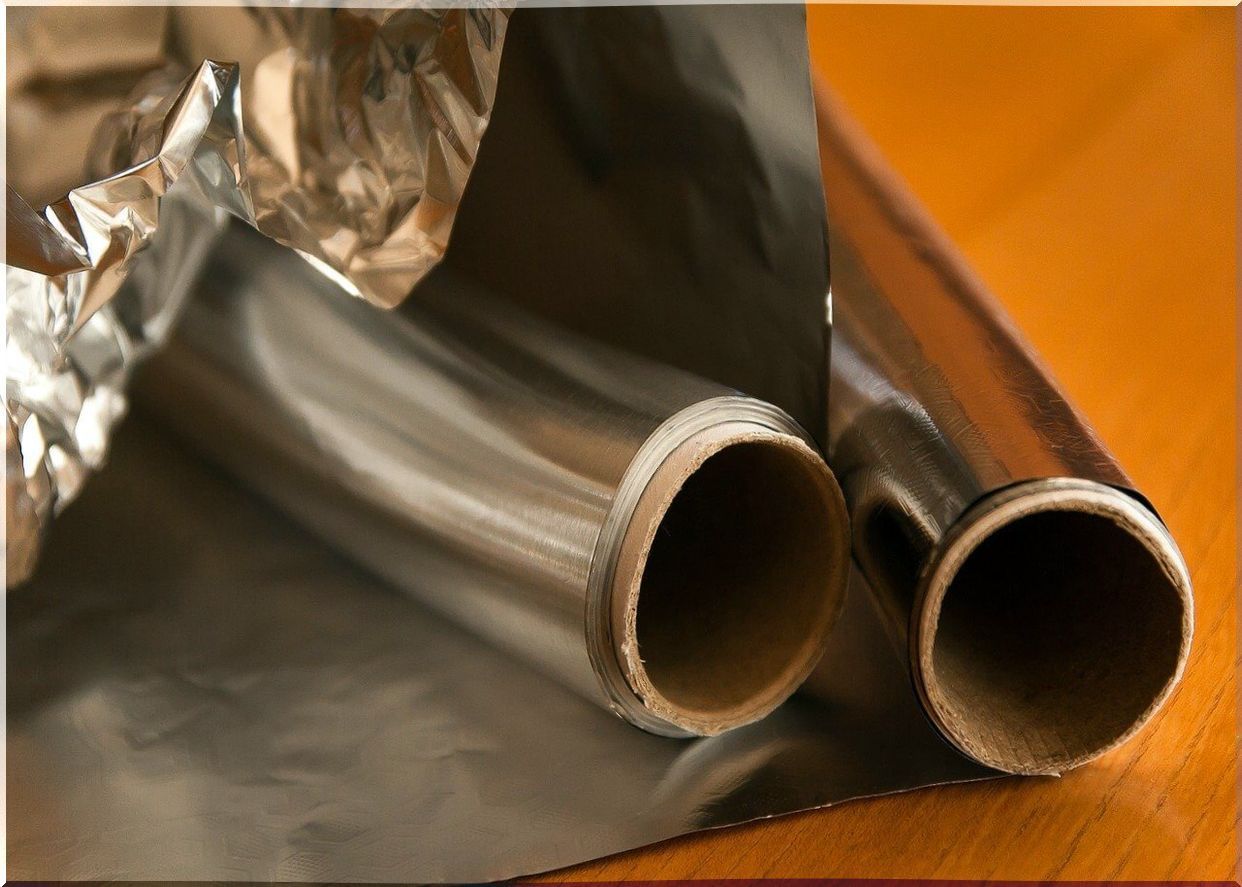
Aluminum has been a widely used material in recent decades, but little by little it has been replaced and today it is only marketed in some places as an inexpensive alternative.
Aluminum is believed to be a heavy metal toxic to our body, and it is related to neurodegenerative diseases such as Alzheimer’s or Parkinson’s.
However, as the British organization Alzheimer’s Society states, there is not enough evidence to link this material with a higher probability of developing Alzheimer’s.
Stainless steel
Stainless steel is a fairly innocuous material with good effectiveness in the kitchen. But, anyway, if we want to completely avoid heavy metals, we will better opt for other healthier utensils.
Cast iron
Cast iron is a good choice in the kitchen. The drawbacks are that they are much more expensive and heavy, which can make it difficult for certain people to use and purchase. To prevent food from sticking, the pan should be heated before adding the food.
Baked clay
In some organic and natural product stores they sell clay pots as they were used in the past.
Although clay is a good material, and it gives a delicious homemade flavor to food, you must make sure that it is indeed clay and does not have toxic components.
The disadvantage that it presents is that it requires time to cook and it usually has to be left on a low heat for several hours.
The ceramic
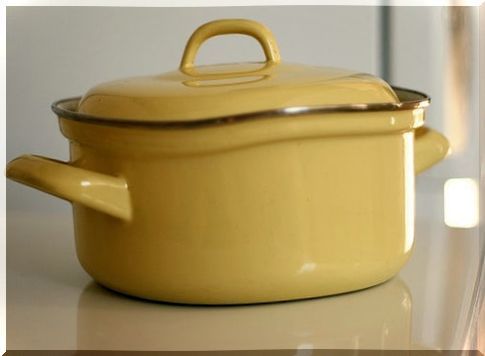
Ceramic pans and pots have become very fashionable in the natural and ecological world. They are much safer as long as they are of quality, authentic, and for this they must be bought in trusted stores.
Their drawback is that they crack easily, if we don’t take care of them, and some are too little non-stick.
Titanium
Titanium pans and pots have appeared in recent years. They are presented as the highest quality, healthiest, and most durable option that also allows cooking without oil. Its drawback is its price, which is very high.
Other alternatives to Teflon: plastic, glass, silicone
Whenever you want to preserve food, it is better to opt for glass, which does not present toxicity like some plastics. In addition, it tends to preserve the quality and flavor of food better.
If you use plastic, especially in baby bottles, check that it does not contain Bisphenol-A among its components, as it has been banned in some countries.
Finally, there are silicone containers that can be used for baking. It is a fairly healthy option, as long as it is quality silicone.
In conclusion, when we want to eat a healthy diet, we not only have to take into account that the ingredients are healthy. You also have to take care of the type of cooking and kitchen utensils, pots and pans. As with Teflon, check that the product is free of the chemical PFOA and other toxic materials.




